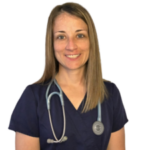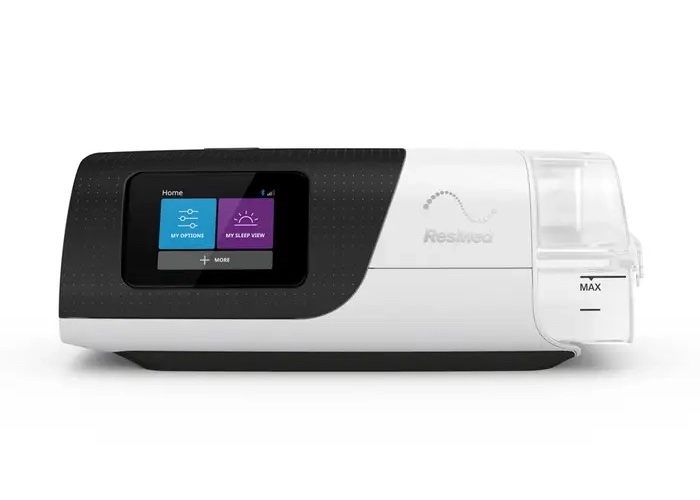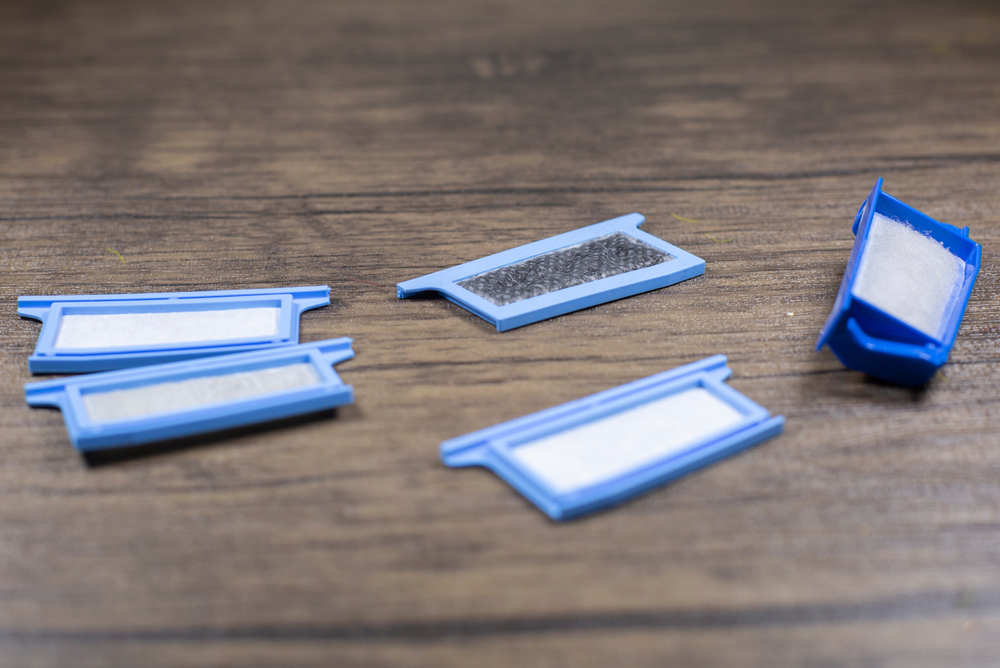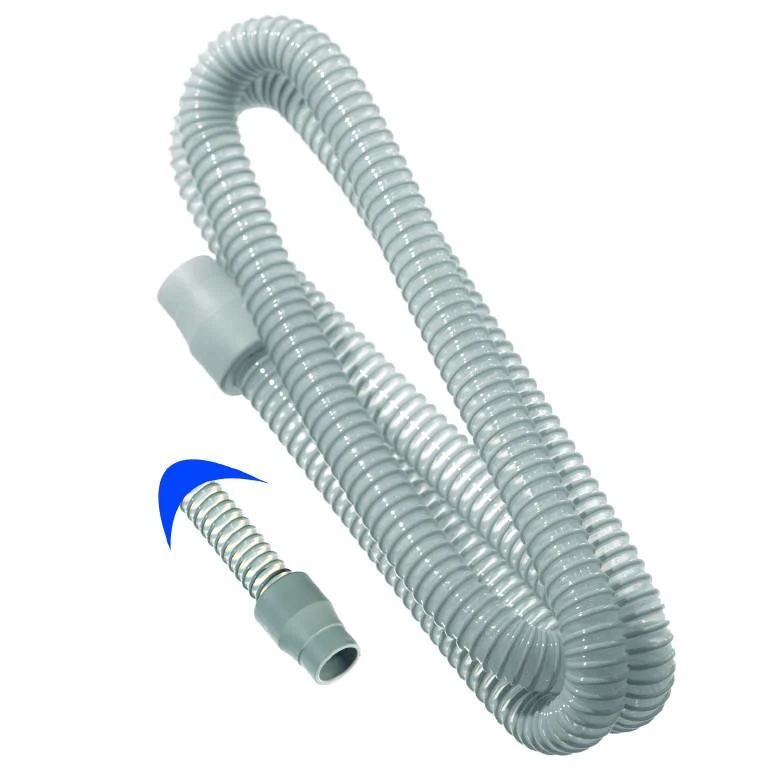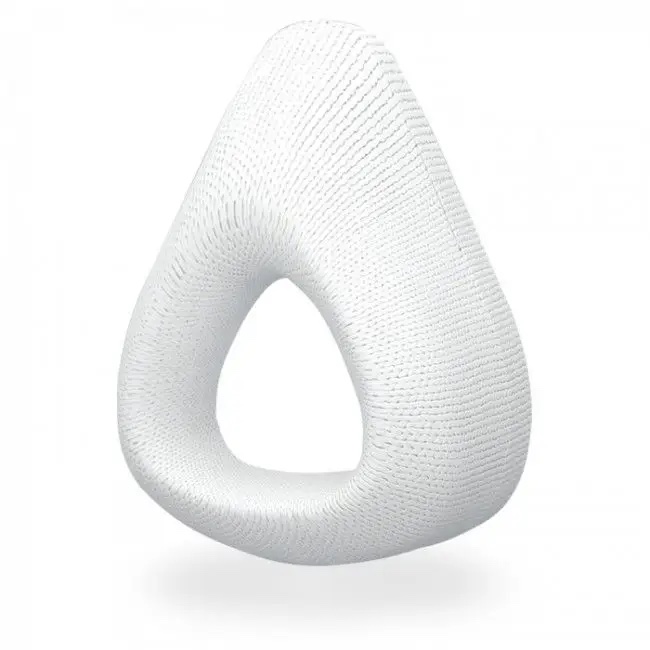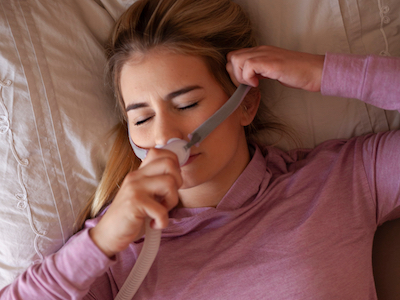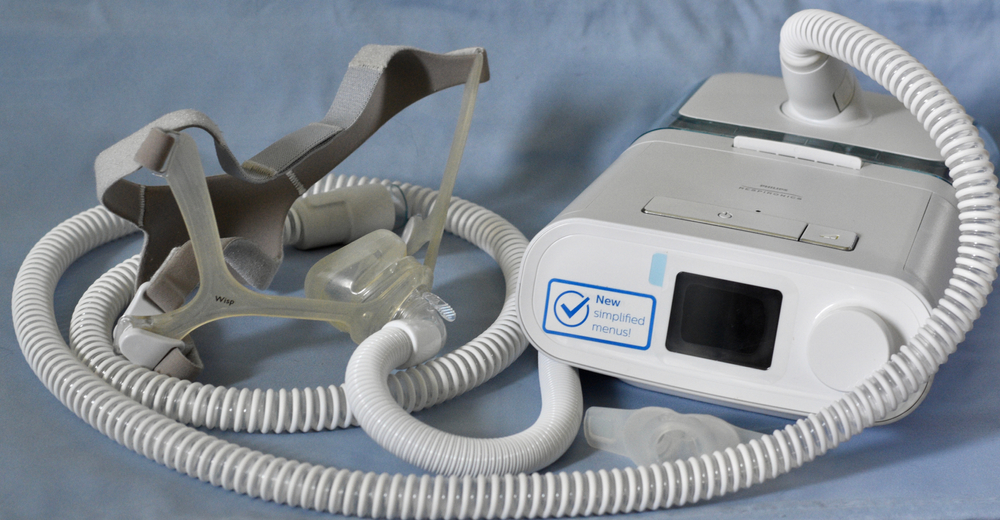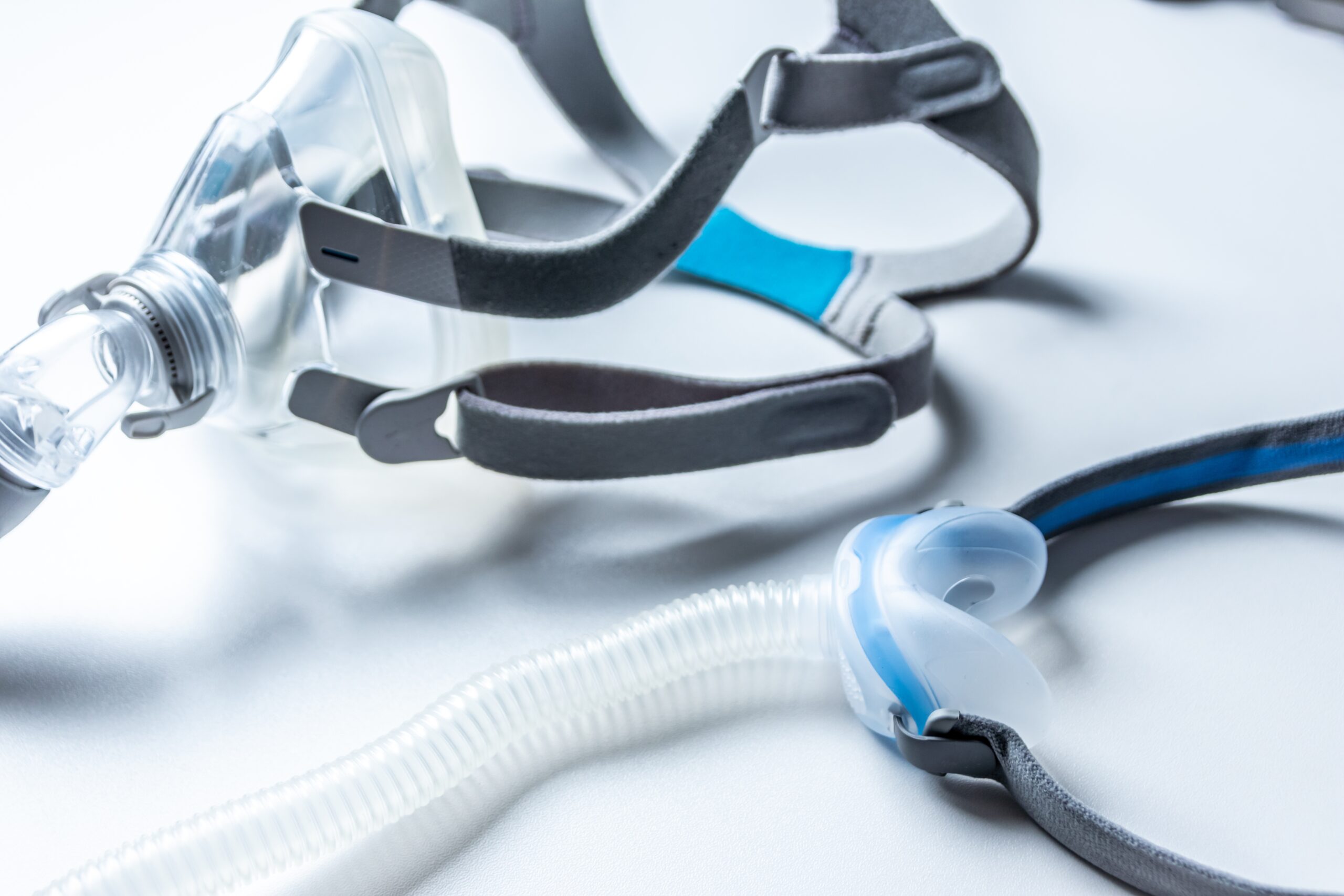Continuous positive airway pressure (CPAP) therapy is the most commonly used treatment for people with obstructive sleep apnea. CPAP accessories like masks, hoses, and water chambers must be cleaned regularly to remove germs, allergens, dust, and mold. However, not all cleaning techniques have been proven safe.
Ozone cleaners are marketed as being able to disinfect CPAP accessories. We discuss how ozone CPAP cleaners are meant to work, as well as their effectiveness, safety, and how they compare to ultraviolet (UV) light cleaners. In addition, we review government agency recommendations regarding ozone cleaners and whether they’re covered by insurance.
Why We Don’t Recommend Ozone Cleaners
We don't recommend using ozone CPAP cleaners because they haven’t been approved as safe or effective by the Food and Drug Administration (FDA). These machines use a potent gas, called ozone or activated oxygen, to sterilize the equipment. Only high concentrations of the gas can kill harmful bacteria. These high levels of ozone are dangerous to humans and may cause health problems if inhaled.
If ozone remains in CPAP accessories after cleaning, a person may breathe it in when they next use the machine. Manufacturers of ozone cleaners typically recommend that CPAP equipment shouldn’t be used for at least an hour after the cleaning cycle is complete. They state this is sufficient time to allow the gas to dissipate to a level that isn’t harmful. However, preliminary FDA studies have shown that the ozone gas levels can remain dangerously high for several hours.
Another concern is ozone gas escaping into the room through leaks. While the cleaners are constructed to contain the gas, leaks do happen, mostly at connection points. Ozone gas concentrations in a room can reach dangerously high levels quickly, particularly if the room is small or poorly ventilated.
How Does an Ozone CPAP Cleaner Work?
Ozone CPAP cleaners use a reactive gas, ozone, that occurs naturally but can also be manufactured. Ozone is made up of oxygen molecules, but unlike the oxygen we breathe (O2), it has a third oxygen atom (O3). Ozone gas can be used to kill harmful bacteria, but only when it’s present in concentrations above those deemed safe for humans.
Some ozone CPAP cleaners consist of a large container with a lid that fills with the gas to disinfect accessories put into it, while others use an inflatable bag. It’s important to note that the FDA has not approved ozone CPAP cleaners as safe or effective.
What Is the Difference Between Ozone and UV CPAP Cleaners?
Rather than using activated oxygen, like ozone cleaners, UV cleaners use ultraviolet light to kill microbes. With UV cleaners, there’s no risk of inhaling harmful gas, and items can be used immediately since there’s no downtime required to let any gas dissolve. However, exposure to the UV rays emitted from these devices could cause burns, harm the eyes, or increase a person's risk of developing skin cancer.
Additionally, in preliminary FDA studies, UV cleaners were found to vary widely in the power and duration of light used to sanitize the components. The agency cautions that insufficient length or strength of light exposure could pose a health risk for users who may then continue to use improperly sanitized equipment. Neither ozone nor UV CPAP cleaners have been approved by the FDA as safe or effective.
Is Activated Oxygen the Same as an Ozone CPAP Cleaner?
Yes, activated oxygen is another name for ozone gas. Devices marketed as ozone CPAP cleaners and activated oxygen CPAP cleaners are using the same gas to disinfect.
Are Ozone CPAP Cleaners FDA-Approved?
At this time, the FDA hasn’t approved any ozone CPAP cleaners for use. The agency states it hasn’t established the safety and effectiveness of these devices due to a lack of data from the manufacturers. Also, the FDA notes that they have received reports from consumers who experienced symptoms, like difficulty breathing, asthma attacks, and headaches, after using ozone CPAP cleaners.
What Are the FDA-Approved Methods for Cleaning CPAP Equipment?
The FDA indicates that CPAP equipment should be cleaned following the manufacturer’s instructions.
If you are unable to find the CPAP manufacturer's cleaning guidelines, the FDA advises that accessories, like masks and hoses, be cleaned with mild soap and warm water or a white vinegar and water solution. Once the items have been thoroughly rinsed, allow them to dry completely before their next use. For items that can’t be placed in water, like the machine, wipe with a soft, damp cloth to clean.
Will Health Insurance, Medicaid, or Medicare Cover the Cost of an Ozone CPAP Cleaner?
No, health insurance, Medicaid, and Medicare generally do not cover the cost of ozone CPAP cleaners. Since CPAP cleaners aren’t essential to operate the machine, individuals who choose to use them are responsible for paying for them out-of-pocket.
Can You Use an FSA or HSA Account to Buy an Ozone CPAP Cleaner?
Flexible spending accounts (FSA) or health savings accounts (HSA) might allow their funds to be used to cover the cost of a CPAP cleaner. Check your company’s policy to verify if funds can be used for this purpose and to find out the reimbursement process.
Where Can You Buy an Ozone CPAP Cleaning Machine?
CPAP cleaning machines are available in stores and online. The durable medical equipment (DME) provider working with your doctor or sleep clinic to sell CPAP machines and equipment may also offer CPAP cleaners. DME providers typically charge more than other retailers, but may offer in-depth support.
Online CPAP equipment stores may sell a wider variety of CPAP cleaners and offer lower rates. Many also have customer support teams and provide free shipping.
Ozone CPAP Cleaners
Ozone can be used to kill harmful bacteria, but in order to effectively sanitize, higher levels of ozone gas than are safe for humans must be used. In commercial settings, regulations and requirements are in place to ensure workers use ozone safely. At-home ozone CPAP cleaners have not yet been proven safe or effective by the FDA.
There are several health risks associated with ozone CPAP cleaners. The FDA has received reports from individuals who experienced asthma attacks, coughing, difficulty breathing, nasal irritation, and other breathing-related symptoms after using an ozone cleaner to clean their CPAP machines or accessories.
The FDA also warns that exposure to high amounts of ozone gas may exacerbate chronic respiratory diseases like asthma and heighten a person’s chances of respiratory infections.
Experts generally name gentle soap or distilled white vinegar and water as the best CPAP cleaners.
Users should follow the CPAP manufacturer’s instructions when cleaning a CPAP machine and accessories. A CPAP mask should be cleaned daily by detaching all the parts and submerging them in warm soapy water for about five minutes. CPAP accessories should also be rinsed thoroughly and allowed to air dry completely before being used again.
CPAP machines should be cleaned by unplugging them and then wiping them with a soft, damp cloth. Any disposable parts should be replaced on the schedule outlined by the manufacturer. If the device has a built-in humidifier, the water chamber should be emptied of any remaining water daily. To clean, use a solution of one-part white vinegar and five-parts water. Put the mixture inside the tank and let it soak for 30 minutes before rinsing it with plain water.
Still have questions?
Sleep apnea products can be confusing. If you need individualized assistance, send us an email at [email protected] with your questions and we'll help find the best fit for you.
